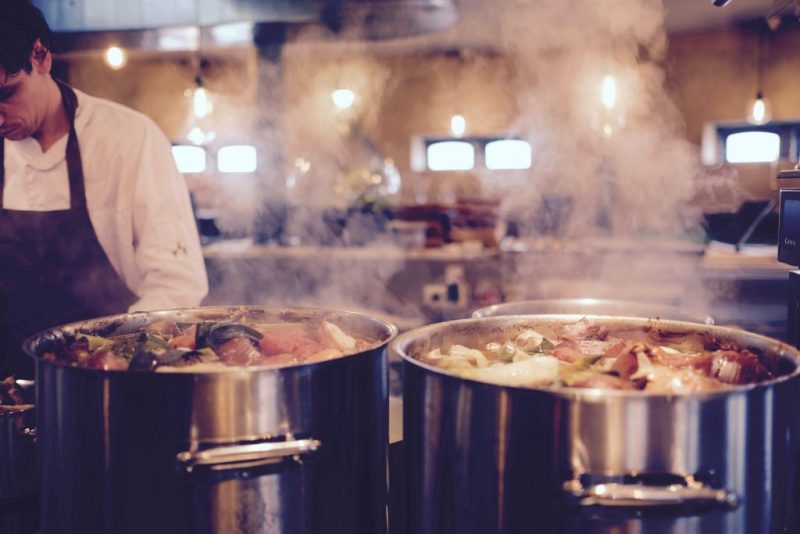
Despite ongoing and continuous research, there is still no evidence that COVID-19 is capable of being transmitted through food, according to Virginia Tech consumer food safety expert Joell Eifert.
“After one year, FDA, USDA-FSIS and CDC have yet to confirm a case where food or food packaging has been linked to a person catching COVID-19,” Eifert said. “That does not mean that scientists have stopped studying this. For instance, Dr. Reza Ovissipour, an assistant professor in Virginia Tech’s Department of Food Science & Technology, and other Virginia Tech researchers are currently studying how long SARS-CoV-2 survives on surfaces along the food supply chain.”
In late February, the FDA, USDA, and CDC released a joint statement emphasizing the difference in how respiratory viruses like COVID-19 and foodborne illnesses are transmitted. While it might be possible for someone to contract COVID by making contact with an infected surface and then touching their mouth or eyes, that is thought to be rare. The virus primarily spreads from person to person.
Eifert explained that even though consumers are incredibly unlikely to contract the novel coronavirus from their takeout, the precautions they’ve been taking have likely helped protect them from illnesses that are transmitted through food as well.
“The good news is that some of the practices like good cleaning and sanitation as well as hand washing that we are using to prevent the spread of the COVID-19 virus also help keep us healthy from foodborne illness,” Eifert explained. “These foodborne illnesses are caused by harmful bacteria like Salmonella, E. coli, and Listeria.”
But whether it is safe for people to eat at their favorite local restaurant depends on the precautions being taken by both the customers and the restaurant, Eifert said.
“It’s safer as long as you and the restaurant follow safety guidelines for preventing the spread of COVID, which includes wearing face coverings when not eating, socially distancing within the restaurant, not touching your face, and washing your hands before eating,” she said.
“It is also important for the restaurant to be employing best practices,” Eifert said. These include “excluding sick employees and customers, limiting occupancy so that proper social distancing can occur, using proper cleaning and disinfecting procedures, limiting shared use objects and scenarios like buffet service, ensuring proper ventilation, modifying layouts, and controlling employee and customer traffic to avoid congregations.
“Many restaurants are providing for these changes,” Eifert said, “but even if this is not enough to make you comfortable to dine in, there is usually a take-out option so that you can still enjoy your favorite restaurant offerings.”
Consumers who want to protect themselves from actual foodborne illnesses should follow the four basic tenets of food preparation safety:
CLEAN: Wash hands and surfaces often. Kitchen counters should be regularly cleaned and sanitized using a commercially available disinfectant product or a do-it-yourself sanitizing solution consisting of five tablespoons (1/3rd cup) unscented liquid chlorine bleach to one gallon of water or four teaspoons of bleach per quart of water. WARNING: Do not use this solution or other disinfecting products on food.
SEPARATE: Avoid cross-contamination of foods. Separate raw meat, poultry, seafood, and eggs from other foods. Before eating, rinse fresh fruits and vegetables under running tap water, including those with skins and rinds that are not eaten. Scrub firm produce with a clean produce brush.
COOK: Cook foods to the right temperatures. Color is not a good indicator of doneness. Use a food thermometer to ensure that the proper temperature has been reached.
CHILL: Refrigerate foods promptly. When unpacking groceries, refrigerate or freeze meat, poultry, eggs, seafood, and other perishables like berries, lettuce, herbs, and mushrooms within 2 hours of purchasing.
Written by Alex Hood


